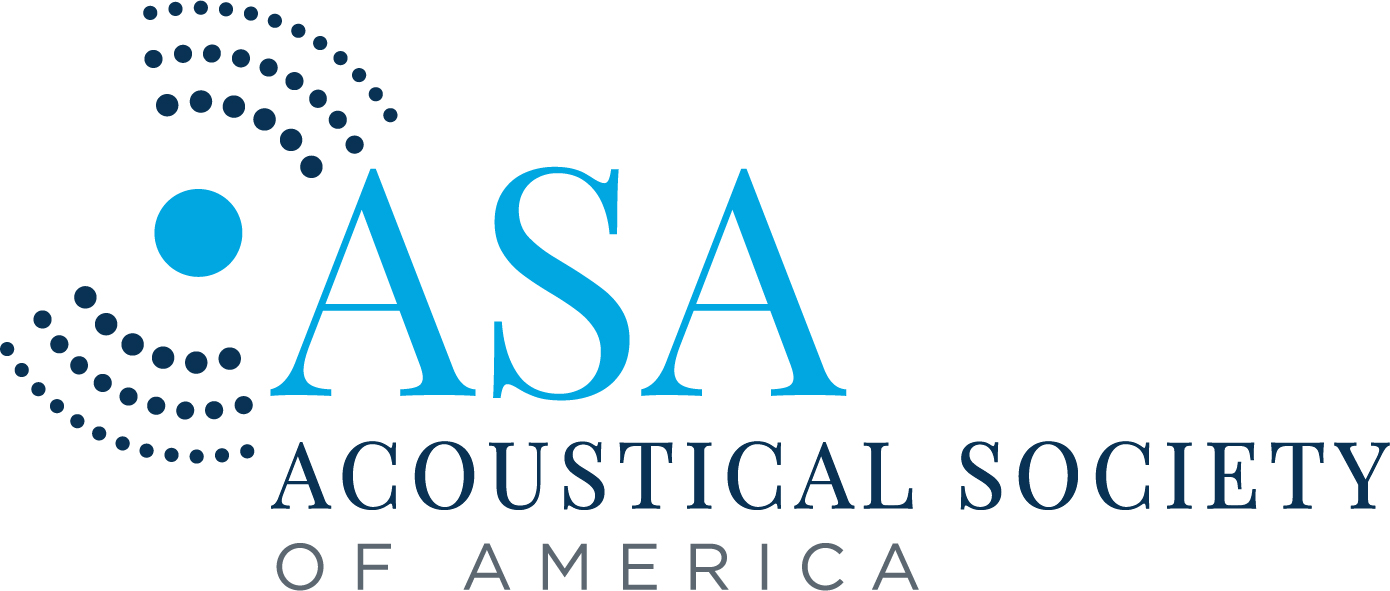The sounds of March Madness
As March Madness sweeps across the nation, basketball enthusiasts eagerly anticipate the exhilarating clashes on the court. Yet, amidst the thunderous roars of the crowd and the rhythmic bounce of the basketball, there lies a hidden symphony of sound that influences both players and spectators alike. Research sheds light on the intricate relationship between sound and the game, unveiling the fascinating dynamics at play within basketball arenas.
You have probably noticed how the crowd’s energy during March Madness games ebbs and flows. Researchers meticulously analyzed the acoustic signatures of basketball crowds to classify behavior based on various emotional states expressed through sound. From the jubilant cheer of a successful shot to the collective groan of a missed opportunity, each acoustic cue provides insight into the emotional pulse of the audience. Understanding these nuances not only enriches our appreciation of the game but also offers valuable insights for enhancing spectator experiences. Read “Classifying crowd behavior at collegiate basketball games using acoustic data” in POMA at https://doi.org/10.1121/2.0001061.
While spectators contribute to the symphony of sound in basketball arenas, players themselves are attuned to a different sound—the bounce of the basketball. A study published in the Journal of the Acoustical Society of America (JASA) explores how listeners utilize auditory cues to anticipate the trajectory of a ball. Remarkably, individuals demonstrate an ability to predict the timing of a bounce. Read “Predicting the timing of dynamic events through sound: Bouncing balls” at https://doi.org/10.1121/1.4923020.
While basketball arenas resonate with the fervor of March Madness, these spaces are not confined solely to sporting events. In a thought-provoking article featured in Acoustics Today, the complexities of converting arenas for alternate purposes are unveiled. From transforming a raucous sporting venue into a serene place of worship, acousticians navigate a myriad of challenges to optimize sound quality and ensure a seamless transition between functions. The meticulous orchestration of sound within these dynamic spaces underscores the profound impact of acoustics on human experiences, transcending the boundaries between sports and spirituality. Read “From sprots arena to sanctuary – Taming a Texas-sized reverberations time” at https://bit.ly/3D7ypVM.
While you immerse yourself in the excitement of March Madness, take a moment to listen closely—you just might discover the hidden sounds that enrich the game beyond the final buzzer.



